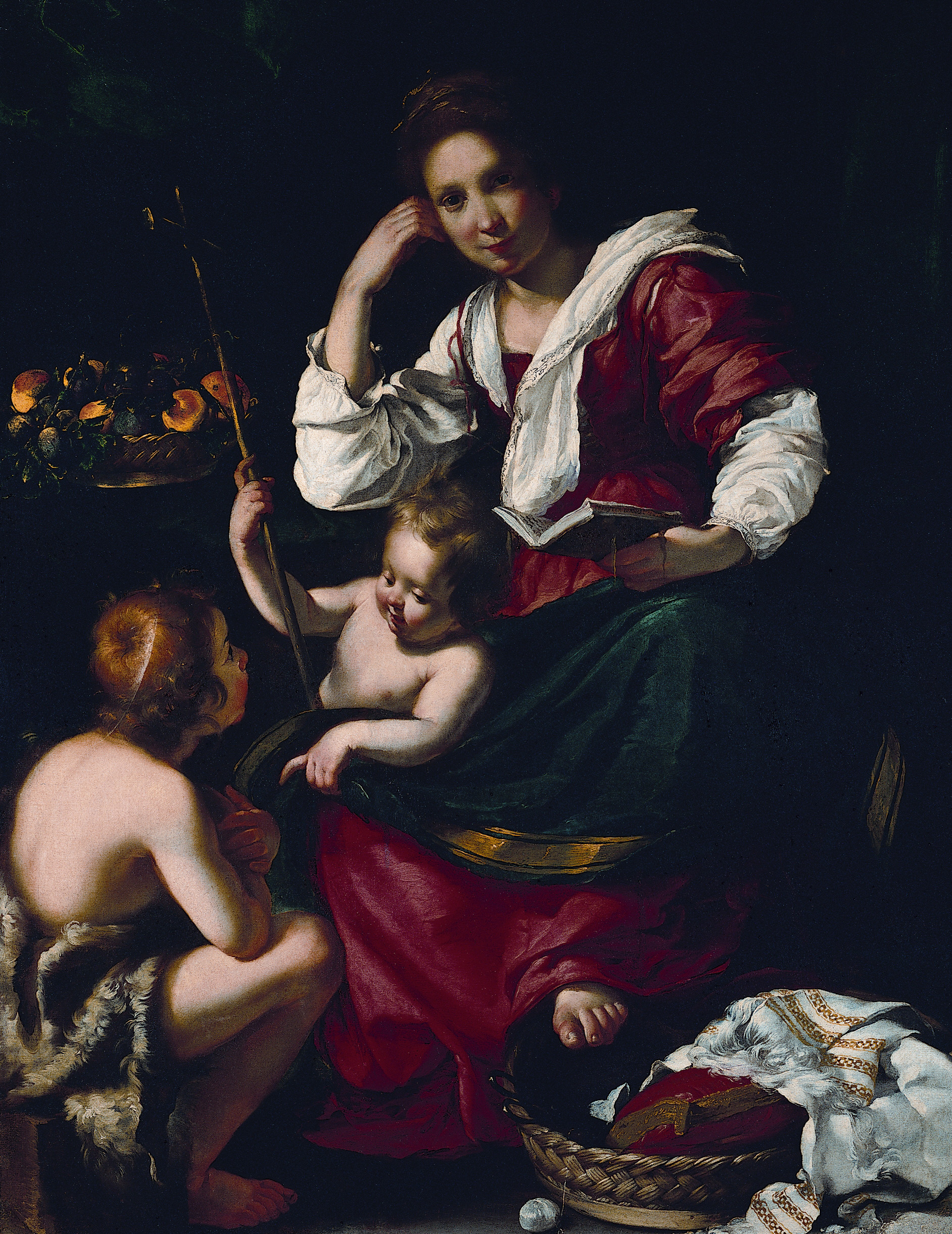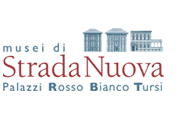
Click here to view image
Madonna and Child with Saint John the Baptist
Brignole-Sale De Ferrari Maria 1874 Genova - donazione
Strozzi, Bernardo
painting
1615 - 1620 - XVII
PR 106
Unità di misura: cm; Altezza: 158; Larghezza: 126
olio su tela
Bernardo Strozzi - Genova - 1995
The painting, first documented at Palazzo Rosso in the 1748 manuscript catalog, constitutes an 'early work by Bernardo Strozzi, prior to his departure for Venice. A strong Lombard-Caravaggesque imprint can be seen in the strong chiaroscuro of the composition, in the basket of fruit placed in the upper left-hand corner of the second floor, and in the attention to the details of daily life, of Nordic derivation. Maria's almost “common” face and the disheveled pose of her figure, with her foot resting on the work basket, prompted Federico Alizeri to describe her as an “ignoble representation,” made up of “semblance and vulgar acts” (Alizeri 1847), although he could not fail to recognize at the same time the “dazzling effect of chiaroscuro,” and the “flesh all true palpable, of great tone in every cloth and accessory.” Reflectographic investigations revealed two regrets: Strozzi had also depicted the right foot of the Madonna, and the table on which the basket of fruit is placed was covered by a “Holbein” rug, whose design is clearly readable. (Serra in “Musei di Strada Nuova” 2010, p. 38) The painting depicts the Madonna and Child Jesus and St. John.




